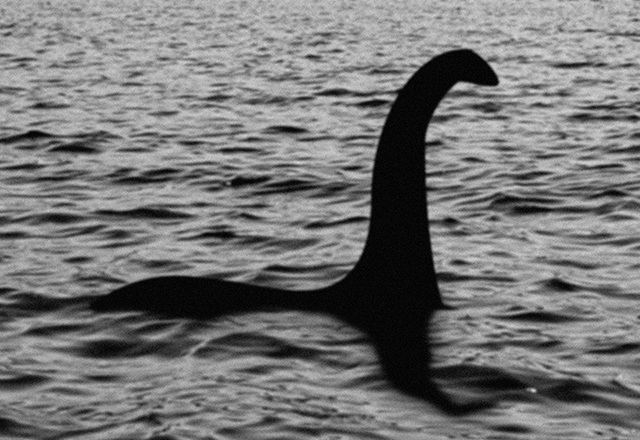It’s not every day that your research appears on the world news. It seems even less likely that it could have a headline as extraordinary as, “Could the Loch Ness Monster Really Be a Monster Eel?” Biomedical engineering Ph.D. student Jennifer Lu had this unusual experience late last year, when an interview with a recent collaborator found its way into the BBC News. What was more surprising was that this interview came only months after Jen had sent her collaborator her metagenomic analysis of water samples from Loch Ness.
Lake Loch Ness isn’t your average freshwater lake. Scottish legend tells of an enormous aquatic reptile, the Loch Ness Monster (affectionately called “Nessie”) that makes its home there. Described as having a long neck and humps on its back, its appearance is reminiscent of ancient marine dinosaurs, such as the plesiosaur. For Jen, an opportunity to study the lake’s ecology and wildlife was both unusual and unexpected.
Jen, now in her 5th year at the Center for Computational Biology, works in Steven Salzberg’s lab studying computational genomics. Professor Salzberg asked if she would like to help Dr. Neil Gemmel — a professor at the University of Otago in New Zealand — by analyzing the genetic content of Loch Ness water samples. As part of Gemmel’s work to evaluate the Loch Ness ecosystem and identify invasive species, Jen’s task was to simply “see what she could find.” Unsure of where to begin, she analyzed the DNA in the samples with a tool she helped to develop. Ironically named Kraken, the computational tool efficiently matches short DNA sequences to a database of known sequences from other organisms. (In Scandanavian folklore, “Kraken” is a legendary cephalopod-like sea monster of gigantic size.)
Unsurprisingly, Jen found DNA from all kinds of creatures — fish to humans to viruses to wolves — that could have had contact with the water. However, a substantial portion of the DNA sequences were tagged as “uncultured bacteria" or “uncultured eukaryotes,” meaning that the DNA simply couldn’t be matched to a particular organism. Because the analysis was limited by what sequences were in a database, this seemed like a dead end. But the data had more to offer — a second pass revealed a mix of American eel and European eel DNA sequences. While there was no evidence of reptilian DNA, this raised some interesting questions for Jen: Why would American eel DNA be in a lake in Scotland? Were both species living there? Or, was there some kind of hybrid?
Jen started digging and learned that both American and European eels migrate en masse to the Sargasso Sea to breed. Located in the center of the Atlantic Ocean, these eels can hybridize, and many of their hybrid offspring end up migrating toward bodies of water in Iceland. Does this leave open the possibility of a hybridized monster eel ending up in Scotland?
Although a conclusive claim cannot be drawn from this data, Dr. Gemmel left space for the believers: "We don't know if it’s a ton of small eels … or one giant eel in Loch Ness." When I asked Jen what she would say to those still searching for Nessie, she playfully responded, “I mean, it could be a giant eel … just keep hoping — maybe someone someday will prove it."
If you’re curious to learn more about this unusual research, check out the reports by CNN and BBC listed here:
- https://www.bbc.com/news/uk-scotland-highlands-islands-49495145
- https://www.cnn.com/videos/world/2019/09/06/loch-ness-monster-scotland-science-explanation-kk-lon-orig.cnn
To learn more about Jen and the other team of international scientists studying the mysteries of Loch Ness, see the aptly named “Loch Ness Hunters” website, https://www.lochnesshunters.com/team.
Related content
- Tales of Dinosaurs Past
- Tasmanian Devils Evolve to Combat Contagious Cancer
- The Genetic Reality of a Jurassic World
Want to read more from the Johns Hopkins School of Medicine? Subscribe to the Biomedical Odyssey blog and receive new posts directly in your inbox.
